William Hogarth A Rake's Progress, Plate 1 The Metropolitan Museum of Art
The Rake's Progress is an English-language opera from 1951 in three acts and an epilogue by Igor Stravinsky.The libretto, written by W. H. Auden and Chester Kallman, is based loosely on the eight paintings and engravings A Rake's Progress (1733-1735) of William Hogarth, which Stravinsky had seen on 2 May 1947, in a Chicago exhibition.. The story concerns the decline and fall of one Tom.
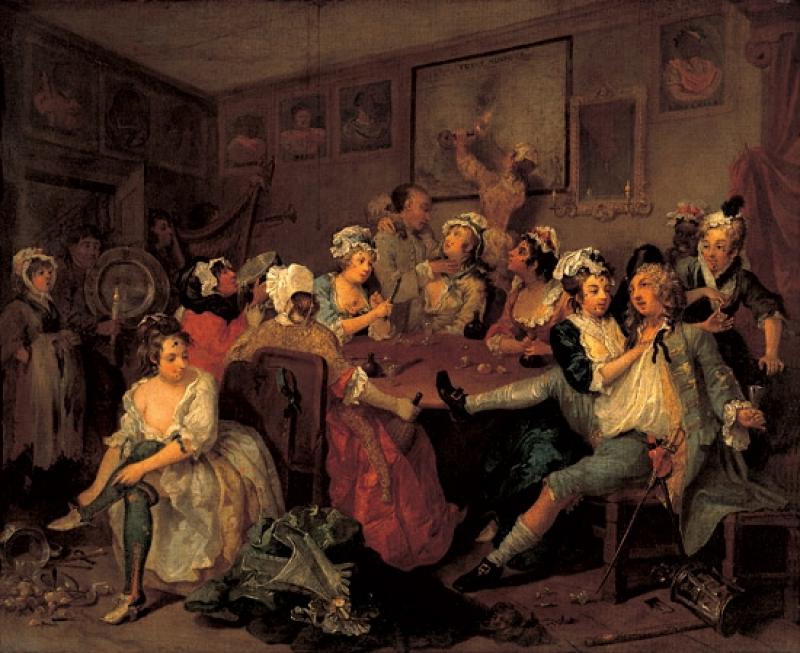
The Rake's Progress, Royal Opera House The Arts Desk
A Rake's Progress totals eight oil paintings from 1732 to 1733. They were published as engravings from 1734. The series depicts the fictional Tom Rakewell's decline and fall. He was the free spending son and heir of a rich merchant. In the story, he comes to London, wasting his money on luxurious life, buying the services of prostitutes and.

A Rake's Progress, plate 7 Works of Art RA Collection Royal Academy of Arts
The title A Rake's Progress was referencing John Bunyan's The Pilgrims Progress. We can be quite sure that most people would have gotten this reference as it is thought that, at this time, this was the most read book in Britain after the Bible. Hogarth successfully borrows from popular culture in order to express complicated ideas through.
William Hogarth A Rake's Progress, Plate 8 The Metropolitan Museum of Art
A Rake's Progress is a series of 8 paintings and engraved prints that follow a young man, Tom Rakewell, who has inherited a fortune from his miserly father and naively presumes to be a man of fashion. He abandons his pregnant girlfriend, Sarah Young, and squanders his inheritance drinking and gambling, despite her pleas. Eventually he is confined to a debtor's jail and finally to the Bethlem.

The rake's progress, the tavern scene, by William Hogarth . ; London,... News Photo Getty Images
David Hockney A Rake's Progress 1961-62, published 1963. An accomplished painter, printmaker, photographer, and stage designer, David Hockney began showcasing his talent as a draftsman while studying at his hometown's Bradford School of Art as a teenager. At London's Royal College of Art in the early 1960s, he worked in a style that combined.
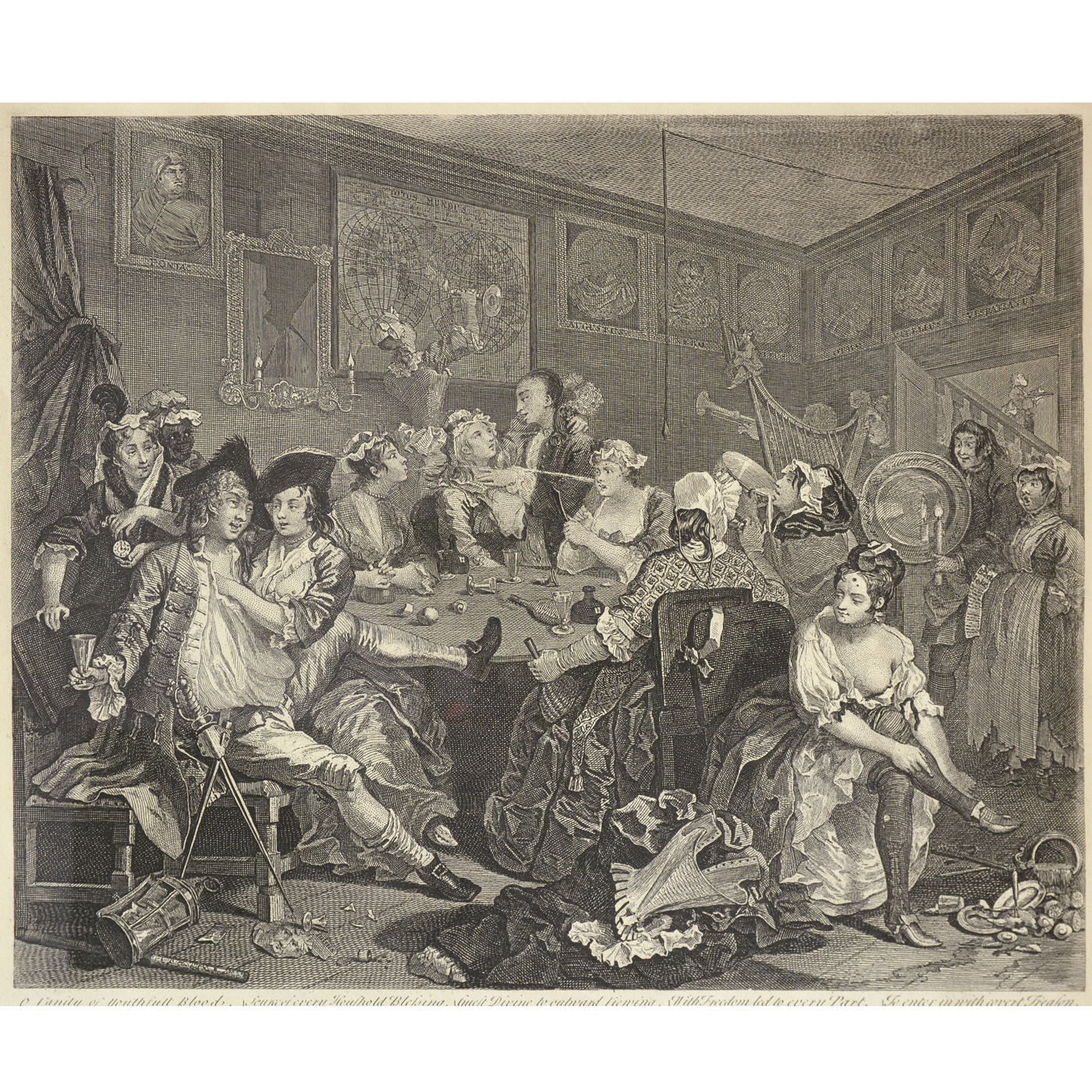
The Rakes Progress by William Hogarth
A Rake's Progress comprises eight paintings and is the second of Hogarth's painted series, the sequel to A Harlot's Progress. It is possible, according to David Bindman, that the two were conceived in parallel. In his Autobiographical Notes, Hogarth claimed credit for inventing the genre of painted pictorial sequences that told a story.
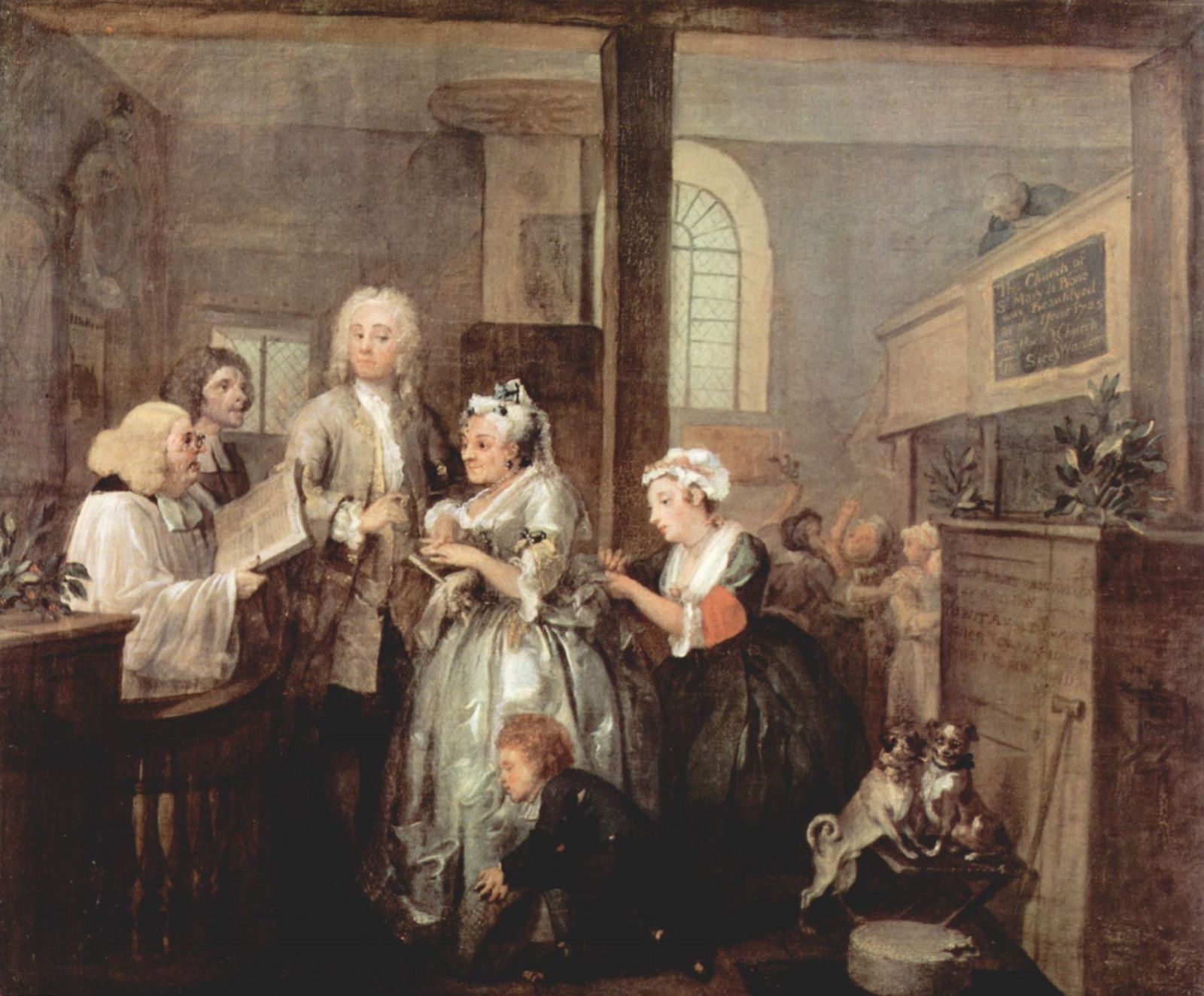
'The Rake's Progress' and William Hogarth's Six Points Essential to Good Art Flashbak
Composition: In A Rake's Progress Hogarth uses his theories on the analysis of beauty by including numerous characters within the scene and using symbolism to create an overcrowded composition in which the narrative is very clear. The artist also uses his serpentine curves and his lighting techniques highlight various characters and aspects, while lesser characters are in the shadowy parts of.

A Rake's Progress 2. The Rake's Levee Painting William Hogarth Oil Paintings
A Rake's Progress IV: The Arrest by William Hogarth, 1734, via Sir John Soane's Museum, London In the fourth image of A Rake's Progress, Tom Rakewell is on his way to the royal court in an attempt to climb the social ladder.Rakewell is depicted under a sign reading Hudson and Sadler which indicates that he spent all of his father's money on horse racing and gambling.
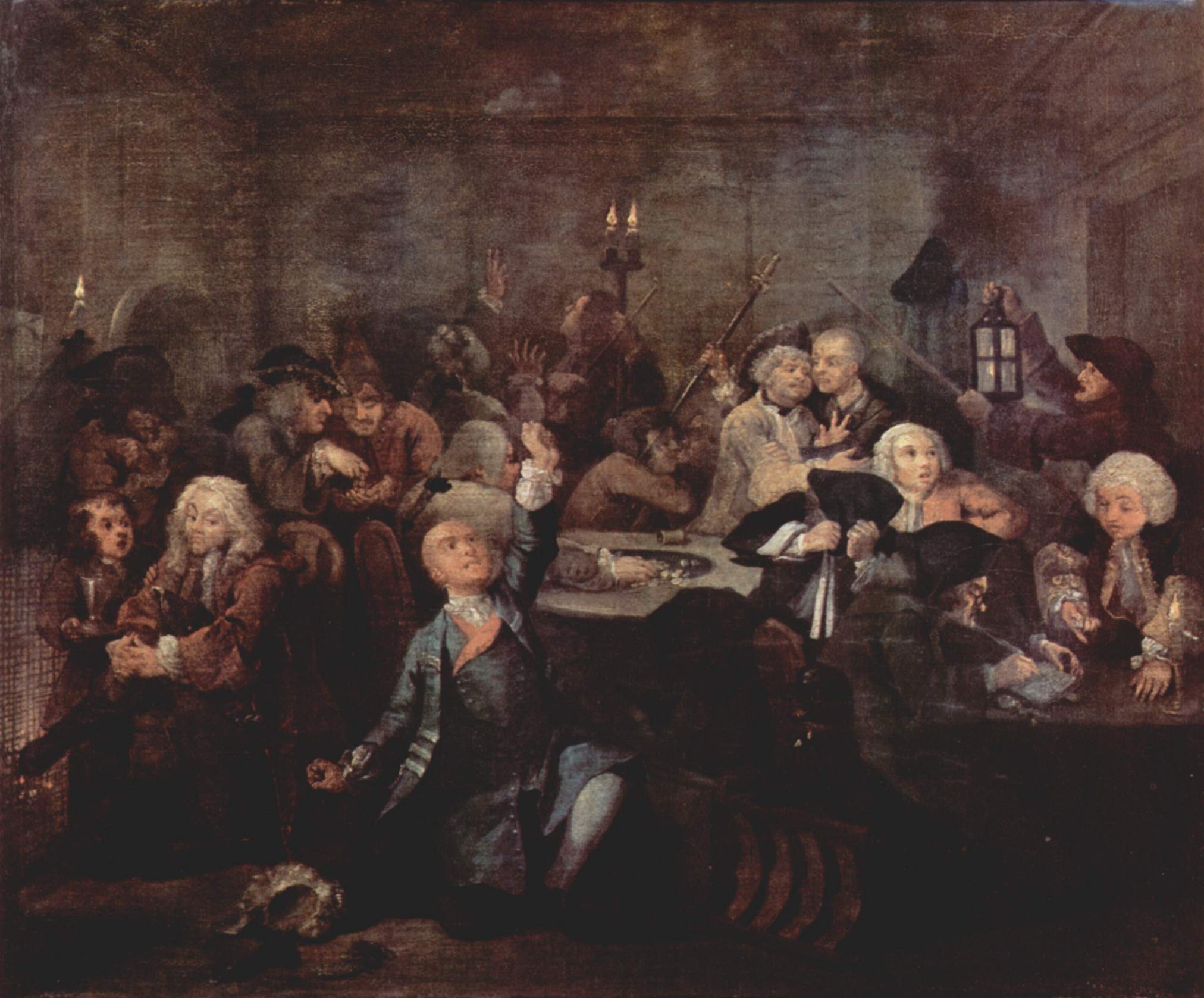
Rake's Progress' The Gaming House, 1732 1735 William Hogarth
The first plate of William Hogarth's set of engravings A Rake's Progress. As for many of Hogarth's best-known engravings, the set was based on preexisting paintings by the printmaker, painted in 1734 and now in Sir John Soane's Museum, London. The set, made as a sequel to Hogarth's Harlot's Progress, was the artist's second 'modern moral subject'.
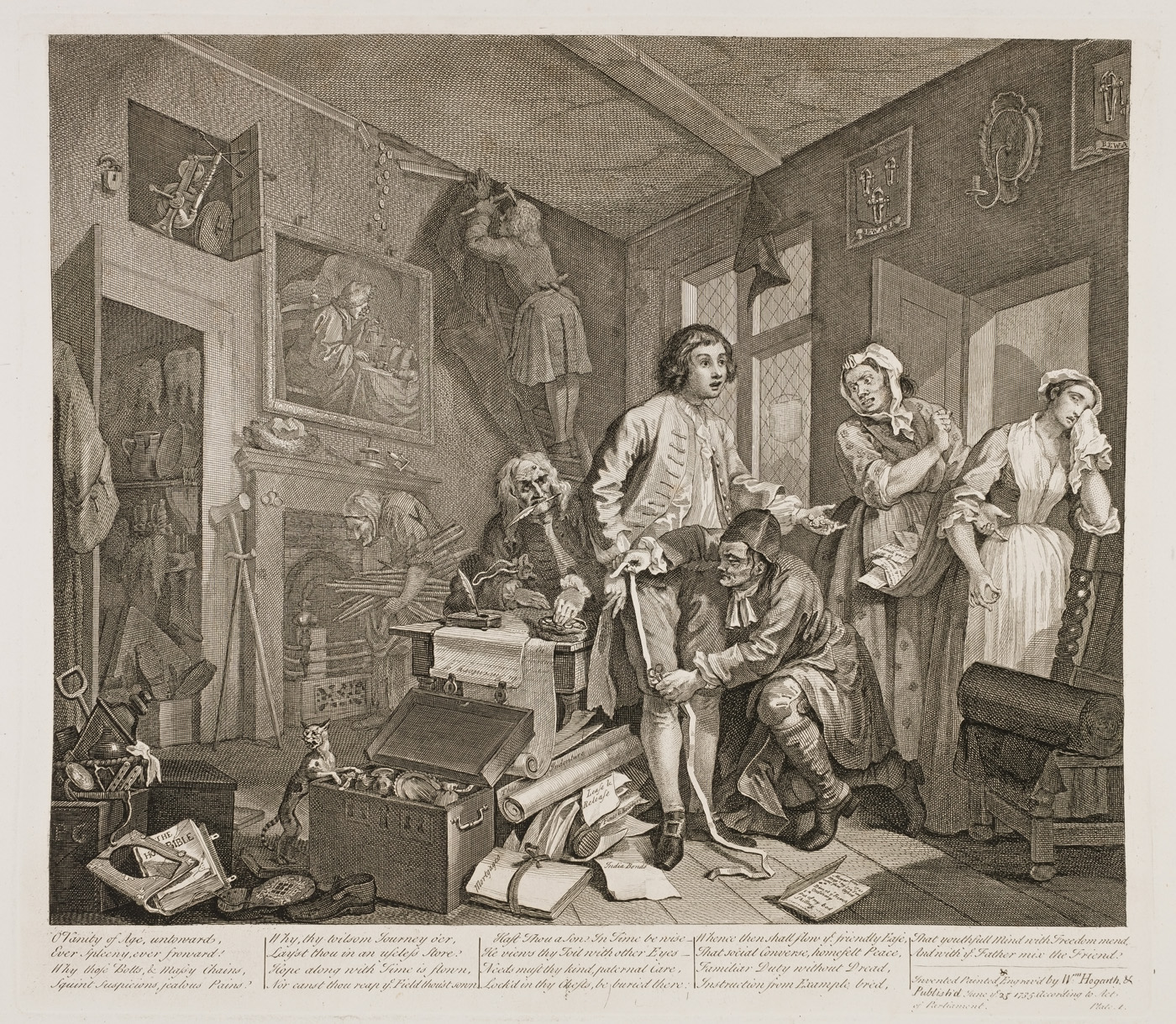
William Hogarth «The Rake's Progress» — Anglais
A Rake's Progress c.1733-5 is a series of eight satirical paintings by the English artist William Hogarth (1697-1764), an artist renowned for his innovative paintings and engravings depicting what he styled as 'modern moral subjects'. The series tells the story of Tom Rakewell (the Rake), a man who inherits a fortune from his city.

A Rake's Progress, plate 1 Works of Art RA Collection Royal Academy of Arts
William Hogarth, (born November 10, 1697, London, England—died October 26, 1764, London), the first great English-born artist to attract admiration abroad, best known for his moral and satirical engravings and paintings —e.g., A Rake's Progress (eight scenes,1733). His attempts to build a reputation as a history painter and portraitist.

A Rake's Progress 6. The Rake at the Gaming House Painting William Hogarth Oil Paintings
A Rake's Progress J. Budziszewski Introduction Since this book is about philosophers who have become Catholics, it would be splendid to present a steady intellectual advance from birth to Catholic faith. This I cannot do, since both philosophically and spiritually, much of my life was a rake's progress. For this reason, I

A Rake's Progress, plate 2 Works of Art RA Collection Royal Academy of Arts
A Rake's Progress c.1733-5 is a series of eight satirical paintings by the English artist William Hogarth (1697-1764), an artist renowned for his innovative paintings and engravings depicting what he styled as 'modern moral subjects'.1 The series tells the story of Tom Rakewell (the Rake), a man who inherits a fortune from his city merchant father only to fritter it away on an.
William Hogarth A Rake's Progress, Plate 6 The Metropolitan Museum of Art
Provenance. Catalogue Raisonné. References. Title: A Rake's Progress, Plate 1. Artist: William Hogarth (British, London 1697-1764 London) Author: Related poet Dr. John Hoadley (British, 1711-1776) Date: June 25, 1735. Medium: Etching and engraving; first state of three. Dimensions: sheet: 13 7/8 x 15 7/8 in. (35.2 x 40.4 cm)
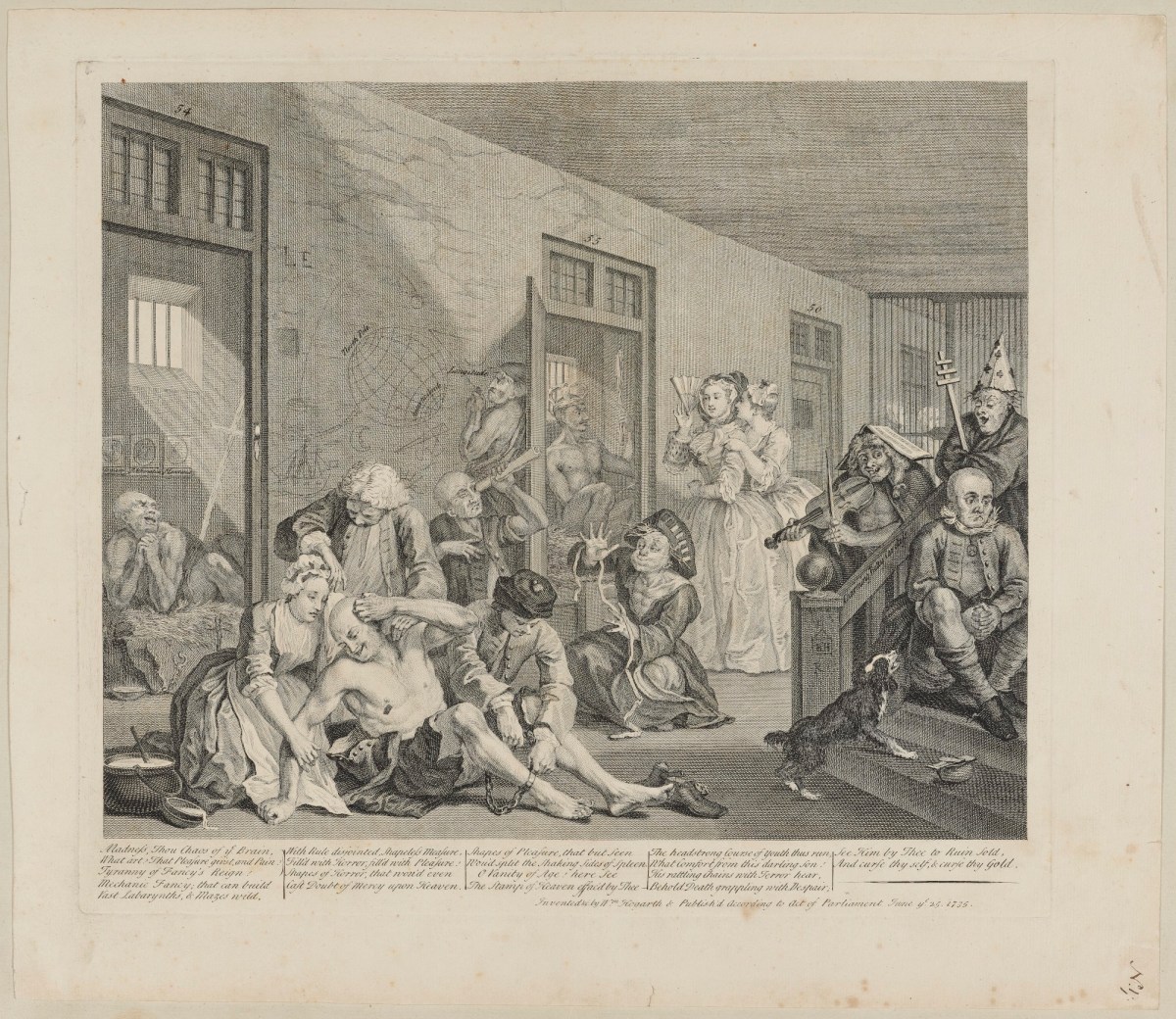
A Rake's Progress, plate 8 Works of Art RA Collection Royal Academy of Arts
A Rake's Progress (1732-4) was a series of eight oil paintings that were preparatory works for engravings and prints portraying the downfall of the fictional Tom Rakewell. The first, The Heir, introduces Tom after the death of his miserly father, paying off Sarah Young, a maid that he'd promised to marry, while others help themselves to.
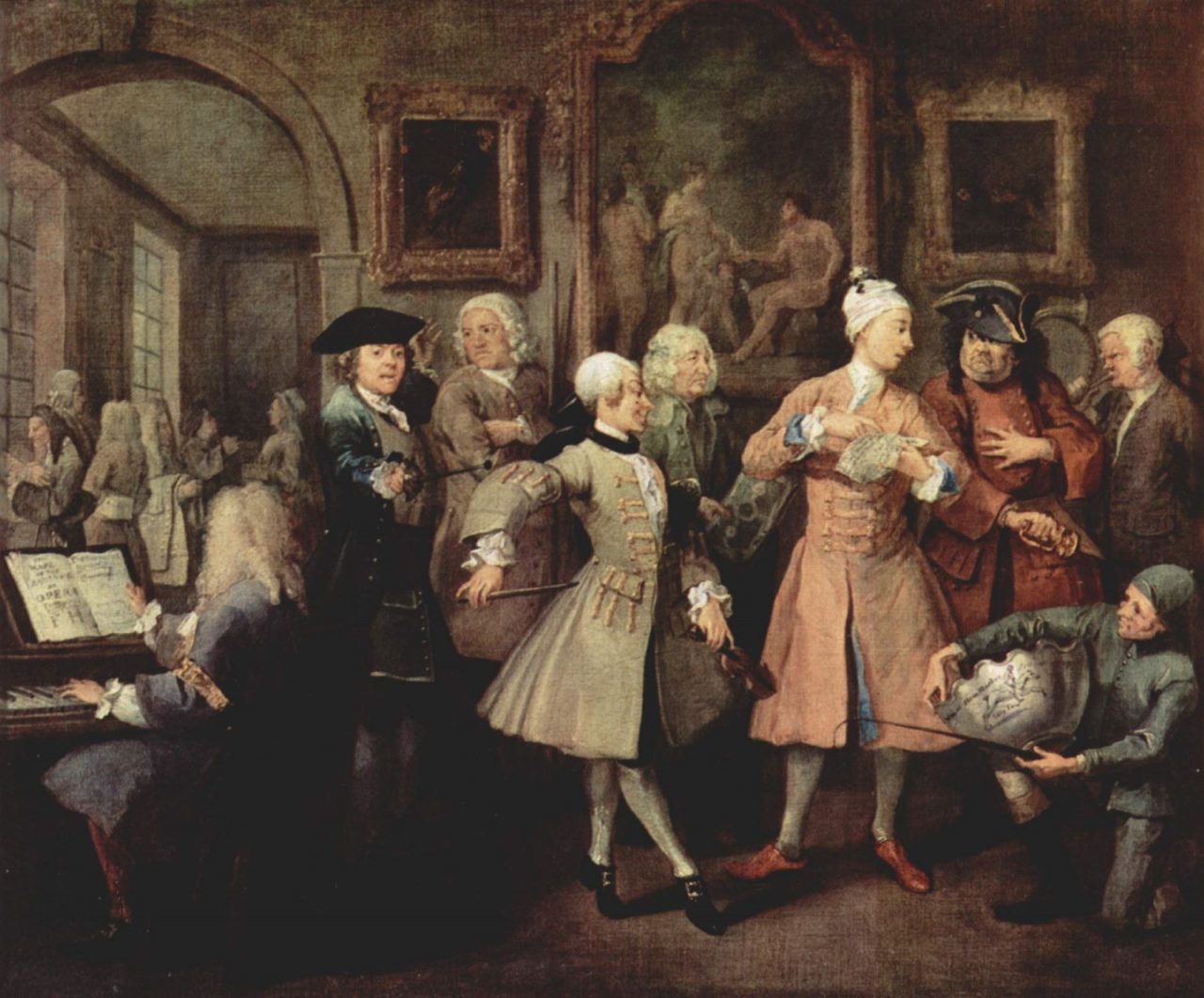
'The Rake's Progress' and William Hogarth's Six Points Essential to Good Art Flashbak
A Rake's Progress IV: The Arrested, Going to Court, 1733 by William Hogarth, Courtesy of the Trustees of Sir John Soane's Museum, London. 4. The Arrest. Tom has squandered his fortune and is apprehended by a bailiff requesting payment of his debts. He is narrowly saved by Sarah, the girl he had earlier rejected.